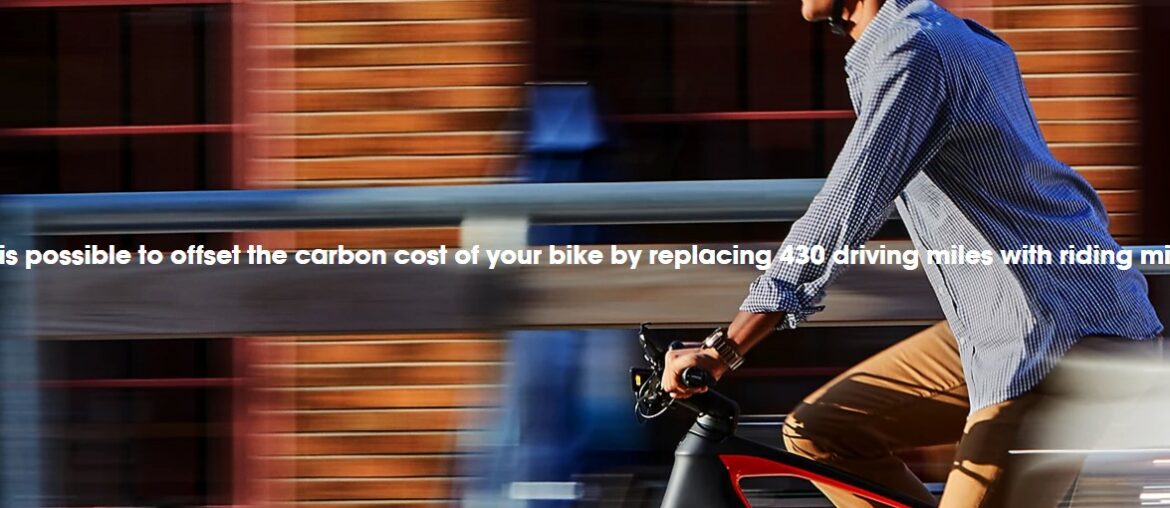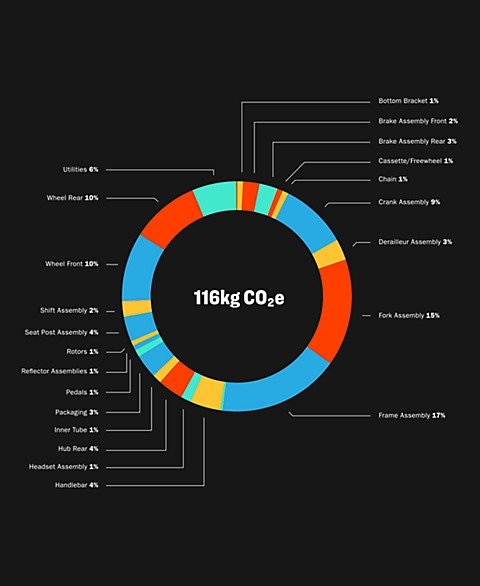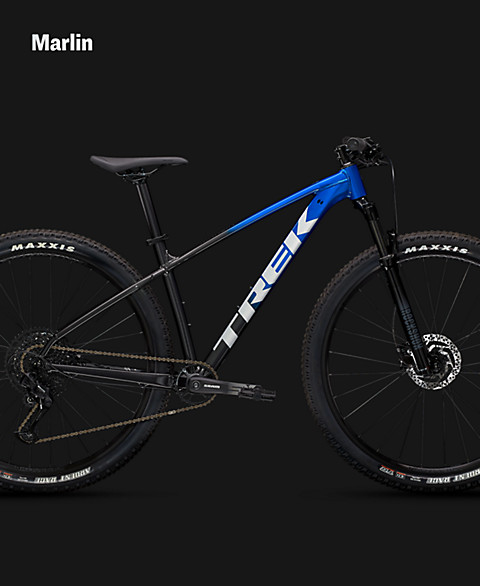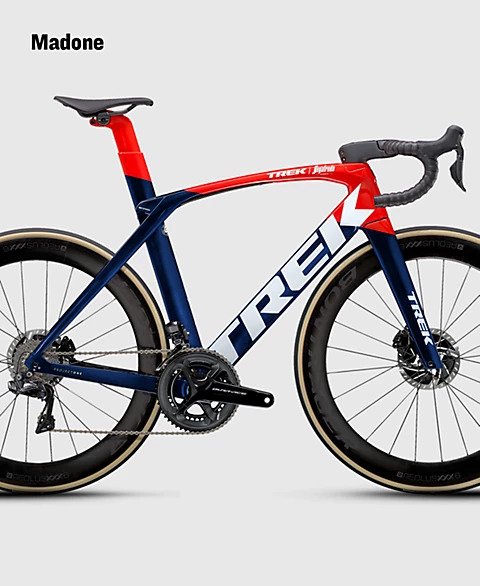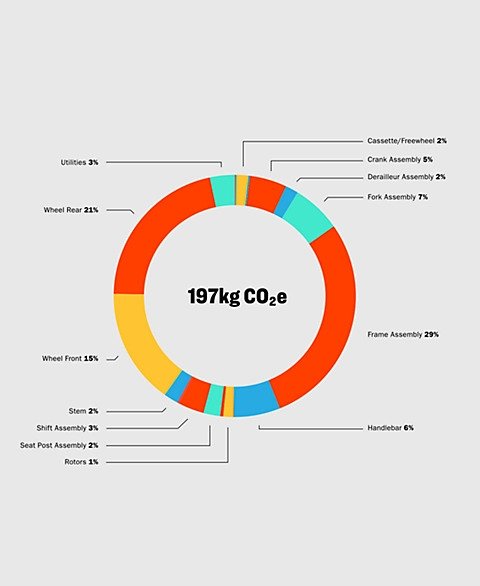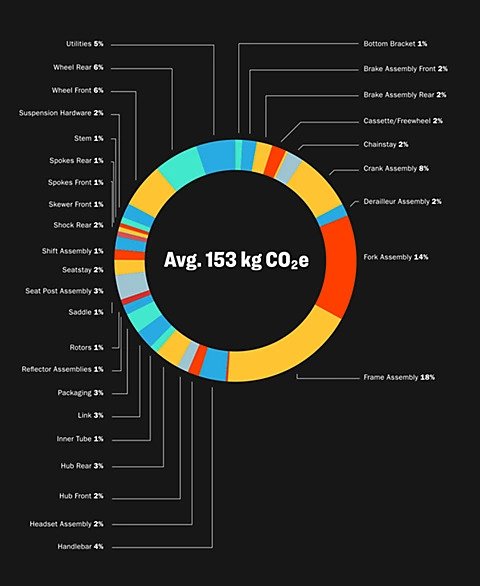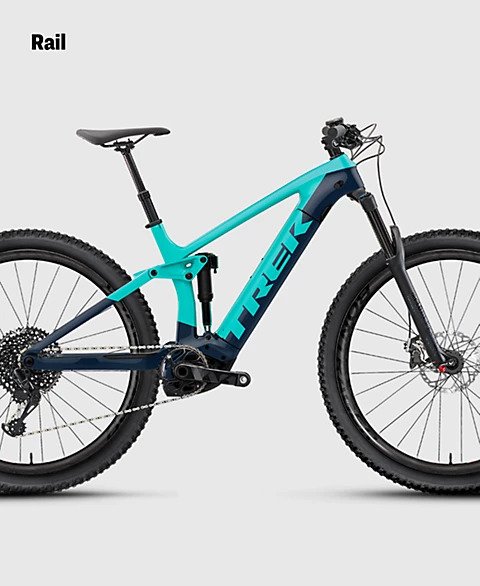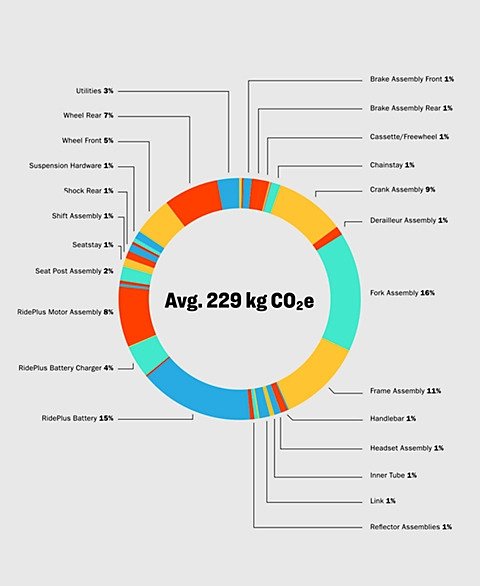Like with anything that is manufactured nowadays, it comes at a cost to the environment and bikes are not an exception. The good news is that you can make a difference by using your bike to offset the carbon cost of your ride.

What is the rule of 430?
The Rule of 430 is a formula that demonstrates replacing about 430 driving miles with 430 riding miles can offset the carbon cost of your new bike. Anything above 430 miles, and your bike is now carbon-negative. The Rule of 430 is a guideline based on the estimated average of our most popular 2019 bike models. Keep in mind that the specific mileage to offset each model varies, due to the differing emissions costs of each bike family. – Words by Trek
How the rule of 430 is calculated
In a life-cycle assessment of four of our representative bike categories conducted by WAP Environmental Consulting, we acquired the value of the emissions from the average Trek bike – 174 kg CO2e. Using this, along with data from the EPA estimating that 3.8 litres of fuel emits 8.887 kg of CO2 and the average vehicle travels 22 miles per 3.8 litres, we came to this simple equation. – Words by Trek
Below is a formula used to determine how many miles on a bike you would need to make your bike carbon neutral.

The impact of a bicycle
In 2020, we investigated the carbon emissions produced by four of our popular bike models: Madone, Marlin, Rail, and Fuel EX. Through this study, we not only determined the emissions caused by the production of our bikes and components but also identified where we can improve our manufacturing and supply chain processes. – Words by Trek
The impact per Trek model
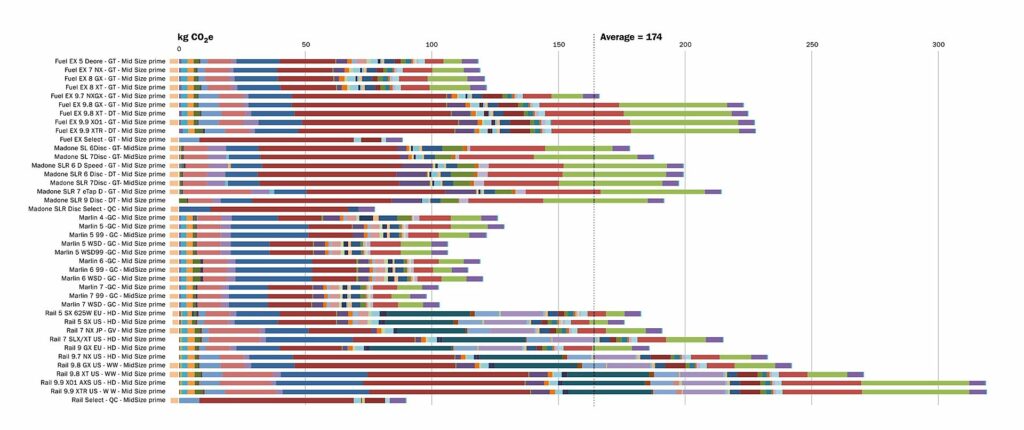

Let’s get started making your bike carbon-negative!
Words by Trek Bikes
Link to original blog – https://cutt.ly/VHUdtb0

